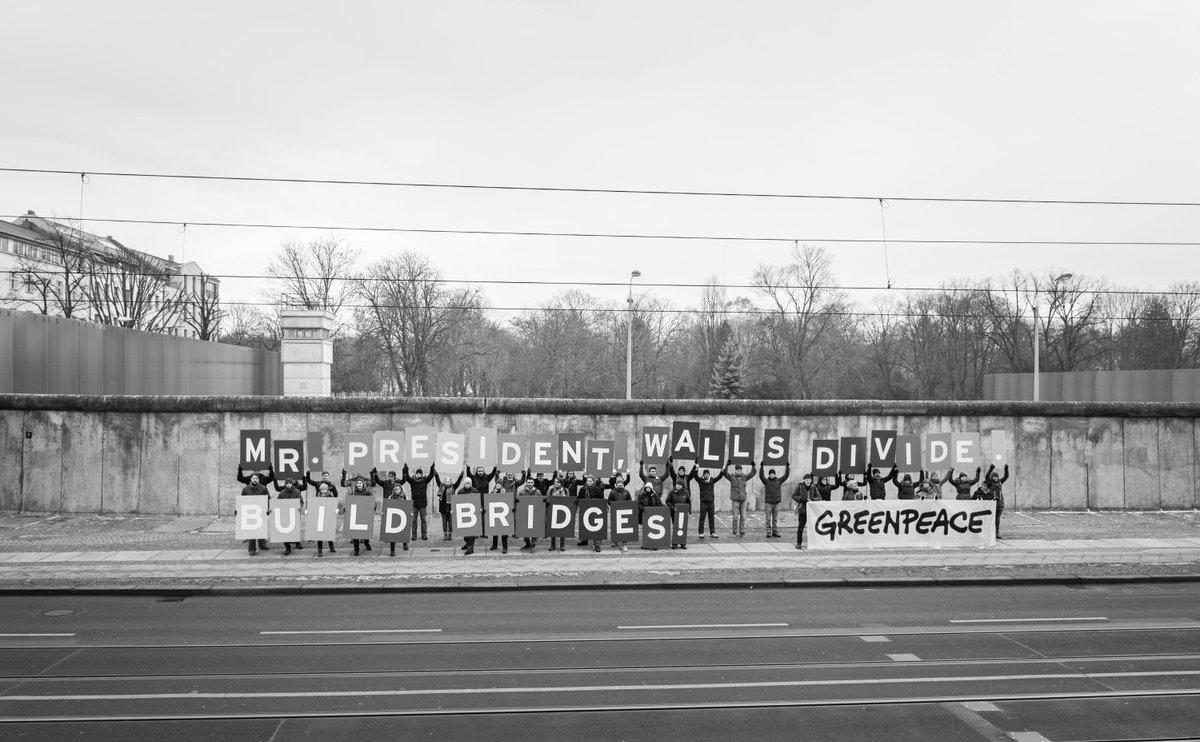LATINO-AMERICAN DISCRIMINATION

A story of Latino-American discrimination
The United States has an estimate of 54 million Latinos living in it, which makes Latinos the country’s largest minority. Despite this, injustice against the Latinos is very common. In fact, a PEW research carried out in 2016 highlighted that 52% of the Latinos reported discrimination.
The bigotry against Latinos is not new. It actually dates back to the 1800’s.
The 19th Century
In 1848, after the U.S. won the Mexican-American War, Mexico was granted 55% of U.S. territory according to the Treaty of Guadalupe Hidalgo. This led to an inflow of Mexicans into U.S. land. These people were then granted citizenship. With political events getting out of control in Mexico, more Mexicans migrated to the U.S. Despite their citizenship, their language, color of skin and their countries origin became the basis of discrimination.
In the 19th century, Latino’s were exploited for labor by the Southern Pacific Railroad Company who defied immigration laws and sent recruiters to Mexico to persuade Mexicans to emigrate and work as cheap labor.
The late 19th and early 20th centuries were also marked by mob violence by the Anglo-American against the Spanish-speaking people. William Carrigan and Clive Webb reported that around thousands of Latinos were killed in these mobs.
In 1851, Josefa Segovia was accused by vigilantes of murdering a white man. She had to stand for a fake trial after which she was lynched in the streets while 2,000 men assembled to watch.
The 20th Century
Children were also not spared. In 1911, Antonio Gomez, a 14-year-old boy was dragged by the town people through the streets of Thorndale, Texas, after he was lynched.
With the Great Depression, in the 1920’s, conditions worsened. Anglo-Americans became insecure as unemployment grew and the stock market crashed. Mexicans were accused of stealing American jobs. As Anglo-Americans became more insecure, they started removing Latinos from their country by deporting them, despite the fact that 60% of the Latinos were American citizens. It is reported that INS officials deported around 82,000 people during that time.
Discrimination against the Latinos did not end there. Segregation in schools was another form of bias. However, unlike the segregation of the African-American from white schools, this was not incorporated into the U.S. law. Despite this, many Latino children were forced to attend separate schools, including Sylvia Mendez. Mendez’s parents fought for their daughter's rights and took the case to court where school officials argued that Latino students were diseased and of risk to other children. They also claimed that these students could not speak English, which was also untrue.
Even though Sylvia and her family won the case, Sylvia was still subjected to harassment by her white classmates.
U.S. discrimination against the Latinos continues still today. The stereotypes created against Latinos as undeserving, lazy and stupid continue to impact citizens even today. Deportation, lynching and school segregation are far from over and are in fact increasing during the Trump era.





